Research
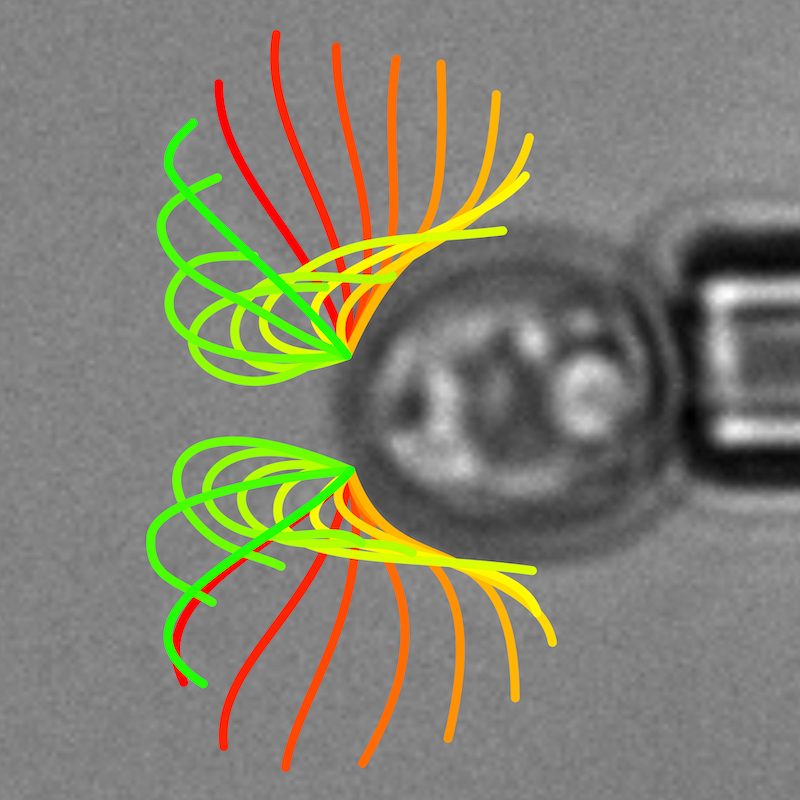
Adhesion of Ciliated Microorganisms to Surfaces
Surfaces are physiologically highly relevant habitats of bacteria and also eukaryotic cells. Living microbes may associate to surfaces from their planktonic, i.e. free-swimming state, thrive and form vital and defensive communities. We study the adhesion forces and kinetics associtated to the early stages of surface colonization of ciliated microbes using novel in vivo micropipette force measurements techniques. Complementing single-cell measurements with modern gene editing tools allows for dissecting specific biological functionalities and thereby unraveling their potential evolutionary advantages. These insight then directly inspire applications in bioengineering related to drug development and renewable energy.
Selected Key Publications from the Lab:
- Xu et al., eLife (2020).
- Backholm & Bäumchen, Nature Protocols (2019).
- Kreis et al., Nature Physics (2018).
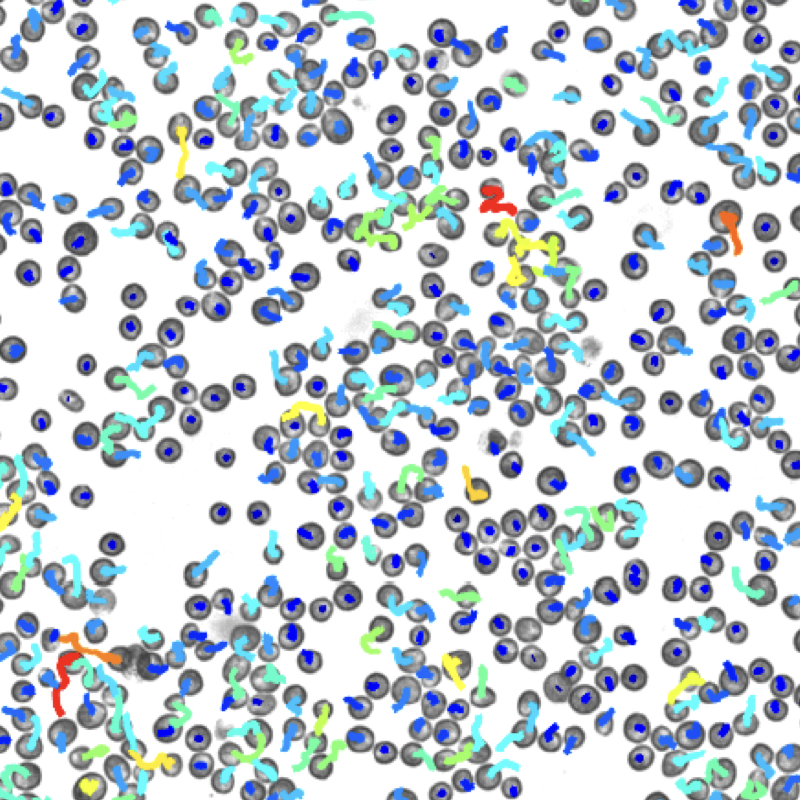
Motility of Self-Propelled Microorganisms
The ability of propelling themselves by means of actively beating cellular appendages and navigating complex environments represents a key functionality of motile microbes. We study photosynthetic microorganisms by means of micropipette force measurements, microfluidic chip technologies and digital cell tracking. Their cilia are actuated by molecular machineries and may synchronize to induce and transiently maintain a directed motility, which can be controlled by geometric confinement and external gradients, including light and oxygen concentrations. What are the physical mechanisms allowing them to efficiently explore their environment and how do they respond to environmental cues?
Selected Key Publications from the Lab:
- Cammann et al., Proceedings of the National Academy of Sciences USA (PNAS) (2021).
- Böddeker et al., Journal of the Royal Society Interface (2020).
- Ostapenko et al., Physical Review Letters (2018).
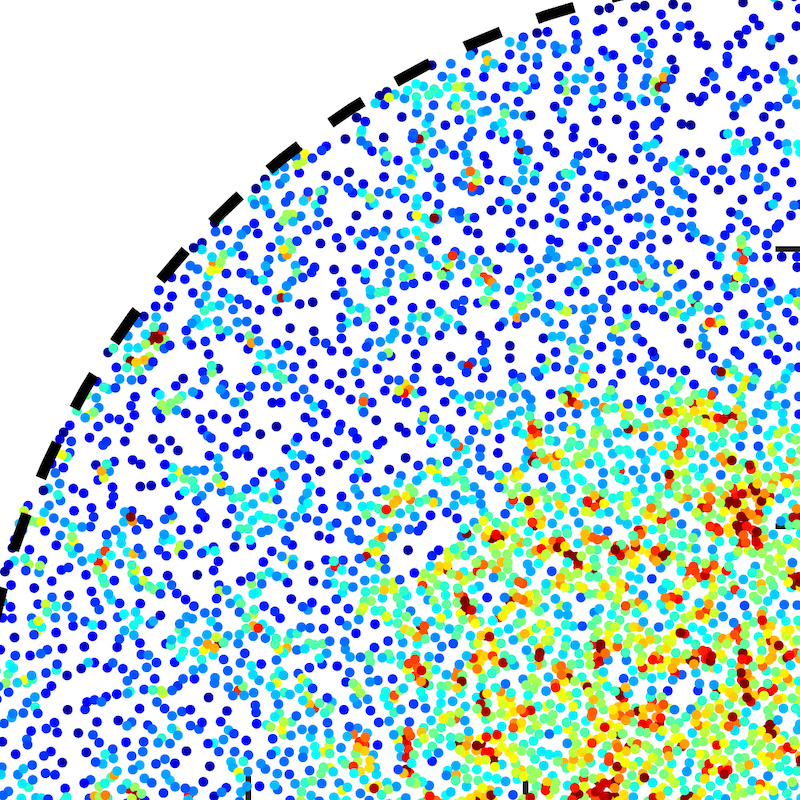
Self-Organization of Microbial Populations
The natural habitat of motile microbes are typically complex geometric environments exhibiting spatially and temporarily fluctuating gradients of light, external flows and other stimuli. We study how a dense population of motile cells may self-organize in such confinement. Here, the interplay of geometric constraints, microbial perception and sensing as well as the interactions betweens individuals are essential for understanding the fundamental physical principles of the emergence of large-scale structures in microbial communities. Single-cell tracking and the analysis of large data structures is then complemented with analytical theory and simulations from our collaborators in theoretical physics.
Selected Key Publications from the Lab:
- Fragkopoulos et al., Proceedings of the National Academy of Sciences USA (PNAS) (2025).
- Till et al., Physical Review Research, 4 (2022).
- Fragkopoulos et al., Journal of the Royal Society Interface (2021).
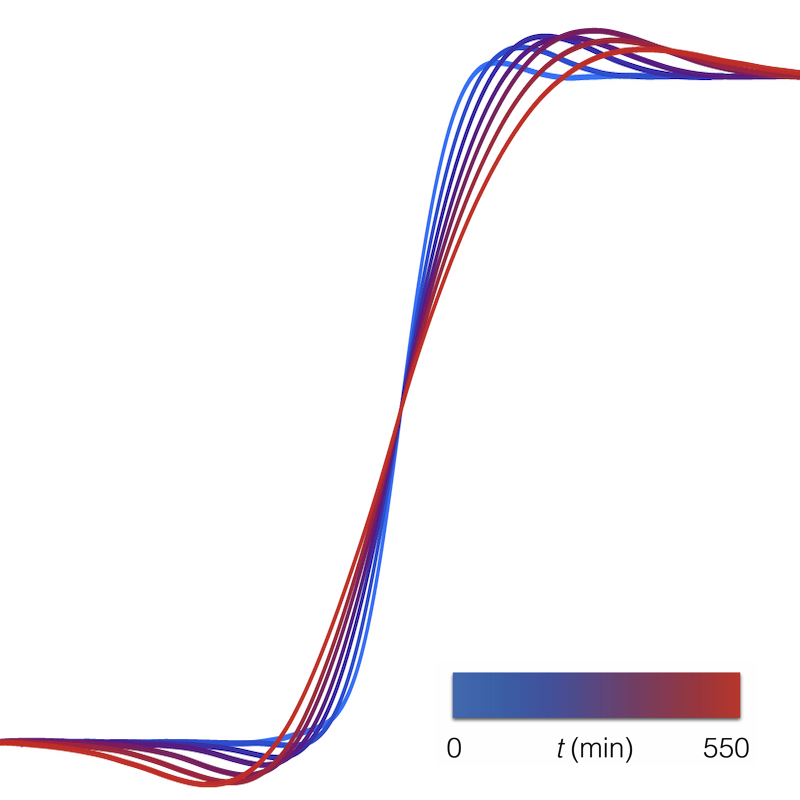
Complex Fluids and Soft Matter
In our every-day life we are surrounded by soft materials and complex fluids, including polymers, colloidal suspensions and other glass-forming materials. We aim at understanding how the dynamic properties of these materials are altered in the presence of interfaces and, in particular, how the hydrodynamic boundary condition may govern the fluid dynamics at the nanoscale. Such interfacial processes are abundant in a wide range of technologcial settings and comprise a plethora of examples, including e.g. thin-film flows and the motion of droplets on rigid and soft surfaces.
Selected Key Publications from the Lab:
- Ilton et al., Nature Communications (2018).
- Haefner et al., Nature Communications (2015).
- Ilton et al., Physical Review Letters (2015).
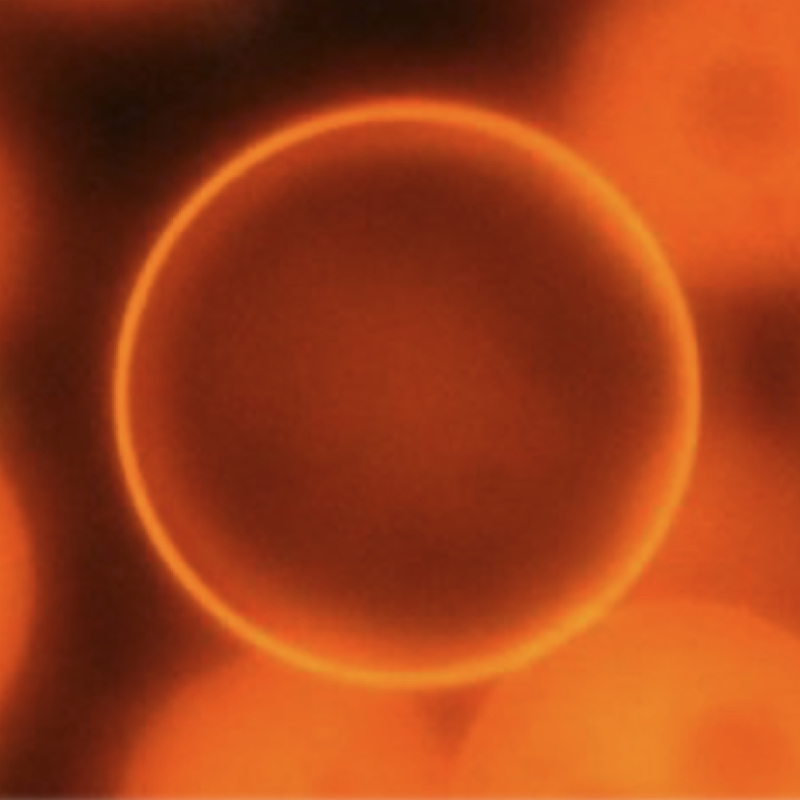
Lab-on-Chip Technologies towards the Fabrication of Artificial Cells
We employ microfluidic chip technologies to produce and manipulate microdroplets and fluid shells carrying functionalized biological and synthetic macromolecules. An essential step towards the bottom-up development of an artificial minimal cell is the realization of vesicles featuring a biomimetic, unilamellar membrane with highly specific functionalities from purely synthetic compounds. More advanced microfluidic platforms may then be employed to encapsulate life-mimicking dynamic processes and even living cells in such highly biocompatible microcompartments. These developments may also pave the way towards novel high-throughput cell screening technologies.
Selected Key Publications from the Lab:
- Yandrapalli et al., Communications Chemistry (2021).
- Petit et al., Soft Matter (2018).
- Petit et al., EPJE (2016).
